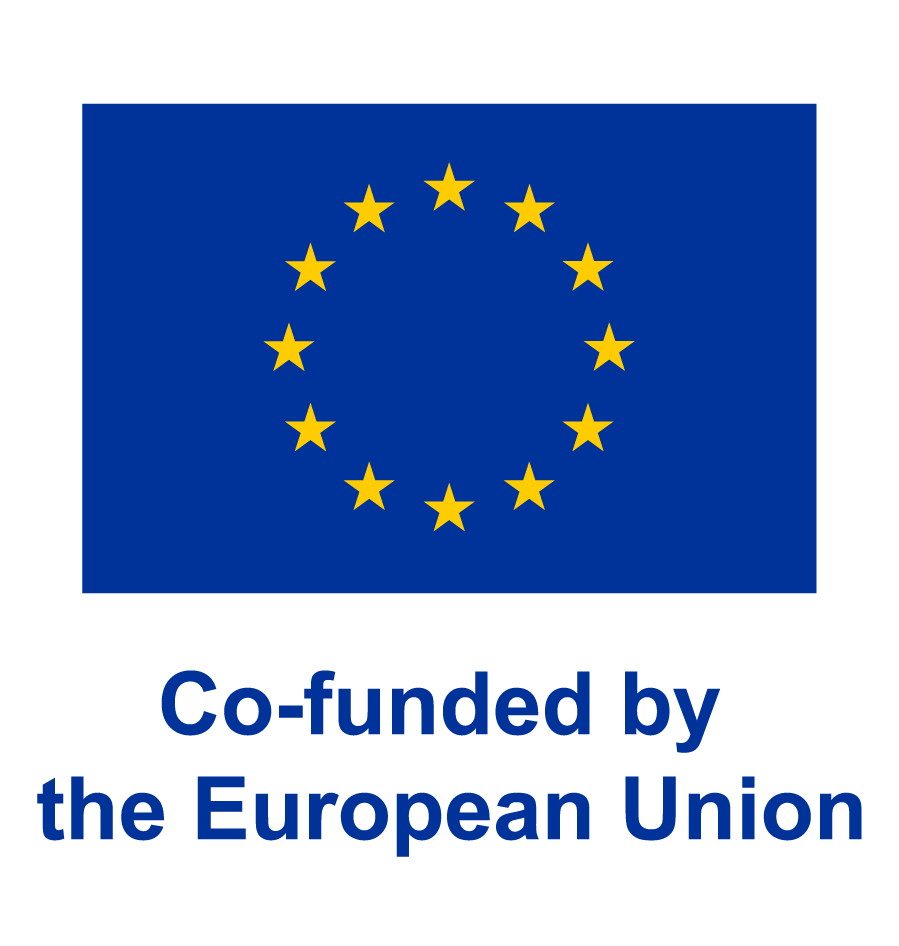Pesticides often found in cereals in the EU coordinated programme
Each year the EU monitoring programme includes at least one type of cereal crop and this is changed each year. In 2008 it was rice (17), 2007 it was rye/oat (16) and in 2006 it was wheat (20). Table 2 9 presents in percent the results obtained for cereals in the EU monitoring programme 2006-2008. The results are presented as a percentage of samples without detectable residues, with residues below or at MRL and with residues exceeding the MRL.
| Without detectable residue (%) | With residues below or at MRL (%) | With residues above MRL (%) | Number of samples analysed | |
|---|---|---|---|---|
| Rice (2008) | 84 | 14 | 2.4 | 1060 |
| Rye/oat (2007) | 78 | 19 | 2.9 | 843 |
| Wheat (2006) | 73 | 27 | 0.1 | 1531 |
More wheat samples are found to contain residues below or at MRL compared to rye/oat. On the other hand residues above MRL were found more often for rye/oat compared to wheat. Since rye and oat are also used as feeding stuff and residues are found in quantities similar to wheat, monitoring these crops would be of interest for a future monitoring programme for feed. Rice has a similar distribution of the results as rye and oat.
The participating states in the EU control programme have reported the ten most frequently found pesticides. In 2008 (17), rice was included in the control, and for this commodity the ten most frequently found pesticides where primarily insecticides. In 2007 rye and oat were on the sampling plan and for rye insecticides also dominated the ten most frequently found pesticides. For oat, insecticides accounted for half of the most frequently found pesticides and the rest were fungicides and plant growth regulators. The specific pesticides are listed in Table 2 10.
Several of the pesticides often found in the EU control programme (Table 2 10) are also represented in the tables of commonly authorised pesticides (Table 2 4, Table 2-6). These are e.g. azoxystrobin, chlormequat, deltamethrin, spiroxamin, and tebuconazole. Only 13 of the 57 the pesticides authorised for use in more than nine MS (Table 2 4) were included in the 2008 EU control programme. Of the 87 pesticides authorised for use in India (Table 2 8), only 20 were included in the 2008 annual programme. A higher degree of correlation between the lists of authorised uses and pesticides found in the control could appear if the number of pesticides being investigated in the coordinated programme were expanded. However, although some pesticides are authorised for use in many MS, they may never be found in the control since they leave no detectable residues, e.g. because of application early in the growing season or because the effective dose is very low. For example glyphosate is the only herbicide on the list of most commonly found pesticides. Herbicides are often applied early in the growing season and will seldom occur at detectable levels in the crop at harvest.
Pesticide-online.com contains residue data on specific crops and pesticides. The data is uploaded by the users and they are not quality checked. The data can however be used for inspiration and identifying trends. A long list of results appears if a search for residues found in rice samples is made. The majority of these are results from samples taken in 2005. In these rice samples residues of the pesticides listed in Table 1 were found. In many cases information on the origin of the samples has not been specified, or a country not producing rice is stated (e.g. Germany). The first two columns of Table 2 11 present two total lists of pesticides found in rice samples regardless of origin. Countries like Guyana, India, Italy, Portugal, Thailand and the Americas (North or South America) have been stated as origin of some of the rice samples. Twelve of the samples from 2005 have been reported to contain residues exceeding the MRL. The third column of Table 2 11 is a list of pesticides found in samples of rice from known EU rice producers. The majority of the pesticides included in Table 2 10 as the most frequently found pesticides in rice are also represented on the list of pesticides found in rice according to data on the pesticide-online database (Table 2 11).
| Rice 2008 | Rye 2007 | Oat 2007 | Wheat 2006 | |
|---|---|---|---|---|
| Pirimiphos-methyl (I) Carbendazim/benomyl (F) Tebufenozide (I) Deltamethrin (I) Tebuconazole (F) Imidacloprid (I) Azoxystrobin (F) Malathion (sum) (I) Chlorpyrifos (I) Hexaconazole (F) | Chlormequat (PGR) Pirimiphos-methyl (I) Malathion (I) Dichlorvos (I) Chlorpyrifos-methyl (I) Bifenthrin (I) Tebuconazole (F) Carbendazim/benomyl (F) Pyrethrins (I) Deltamethrin (I) | Chlormequat (PGR) Pirimiphos-methyl (I) Chlorpyrifos-methyl (I) Dichlorvos (I) Tebuconazole (F) Dithiocarbamates (F) Spiroxamine (F) Chlorpropham (PGR/H) Malathion (I) Diazinon (I) | By MRM: Pirimiphos-methyl (I) Chlorpyrifos-methyl (I) Deltamethrin (I) Malathion (I) Dichlorvos (I) Chlormequat (PGR) Piperonyl-butoxide (I) Chlorpyrifos (I) Permethrin (I) | By SRM: Chlormequat (PGR) Hydrogen phosphide (I) Mepiquat (PGR) Glyphosate (incl. AMPA)(H) Bromide (I) Benomyl group (F) Spiroxamine (F) Dithiocarbamates (F) Trinexapac-ethyl (PGR) Phophine (I) |
| Pesticides in rice (all samples of all origins (incl. EU produce)) | Pesticides found in rice produced in the EU | |
|---|---|---|
| Acetamiprid Azoxystrobin Bromide (inorg.) Buprofezin Carbendazim (sum) Carbendazim Carbofuran Carbofuran (sum) Chlormequat Chlorpropham Chlorpyrifos Copper Cypermethrin (sum) Cyprodinil Deltamethrin Diazinon Dichlorvos Diphenylamine Dithiocarbamates det. as CS2 Diuron Endosulfan (sum) Endosulfan, alpha- Endosulfan, beta- Endosulfansulfate Endrin Epoxiconazole Fenarimol | Fenitrothion HCH, gamma- (Lindan) Hexaconazole Hymexazol Imidacloprid Iprodione Malathion (sum) Malathion Mepiquat Methamidophos Myclobutanil Orthophenylphenol Parathion Phosmet Piperonyl Butoxide, Pirimiphos-Methyl Propiconazole Pyrifenox Quinclorac Tebuconazole Tebufenozide Thiophanate-Methyl Triazophos Trichlorfon Tricyclazole Vamidothion | Azoxystrobin Bromide (inorg.) Carbendazim Chlormequat Chlorpyrifos Copper Cyprodinil Diazinon Dithiocarbamates det. as CS2 Hexaconazole Iprodione Malathion Orthophenylphenol Phosmet Piperonyl Butoxide Pirimiphos-Methyl Propiconazole Quinclorac Tebuconazole Tebufenozide Tricyclazole |
Find more information in the menu below:
Published 13-10-2011, 11:24:09
Top of Page

